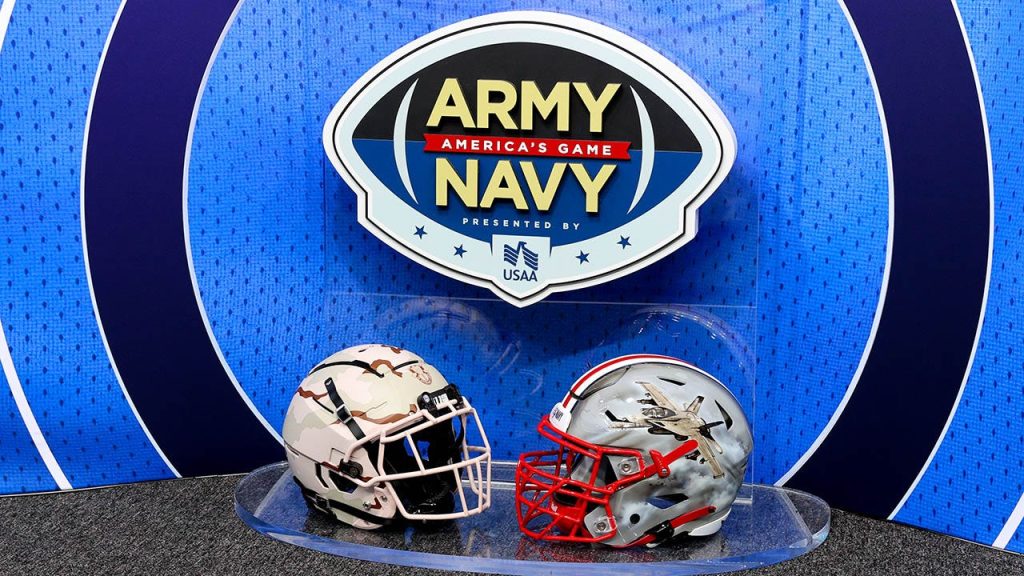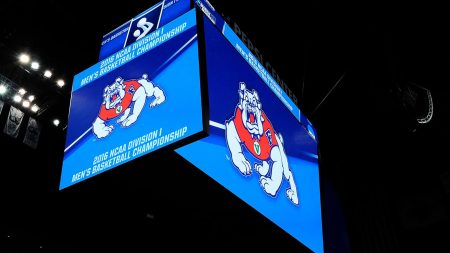The landscape of college sports has been dramatically altered by the advent of Name, Image, and Likeness (NIL) deals, allowing student-athletes to profit from their personal brand and athletic prowess. Multi-million dollar contracts are becoming increasingly common, with high-profile recruits attracting lucrative offers before even stepping foot on a college campus. This new era of college athletics, while empowering for many athletes, stands in stark contrast to the environment surrounding the annual Army-Navy football game. The service academies, due to their unique structure and commitment to military service, operate outside the realm of NIL deals, offering a glimpse into a more traditional, albeit less financially rewarding, collegiate athletic experience. This distinction, highlighted by USAA CEO Wayne Peacock, adds a layer of purity and significance to the storied rivalry.
The 125th Army-Navy game, held near the nation’s capital, represents a clash of athleticism and military tradition, untouched by the financial incentives that dominate much of college sports today. While players at other institutions navigate the complexities of NIL contracts and the transfer portal, Army and Navy athletes compete with a different kind of motivation. Their commitment extends beyond the playing field, encompassing a future of service and sacrifice for their country. This shared dedication to something larger than themselves fosters a unique camaraderie and respect between the two teams, evident in the post-game tradition of singing each other’s alma maters. This powerful display of unity underscores the shared values and ultimate purpose that bind these future military leaders.
Peacock emphasizes the unique “one-way portal” into the academies, signifying the singular focus and unwavering commitment required of those who choose this path. The absence of NIL opportunities underscores the fact that these athletes are driven by a higher calling – a desire to serve their country – rather than financial gain. This inherent dedication to service fosters a strong sense of teamwork and cultivates a distinct culture within the academies, setting them apart from the increasingly commercialized world of college athletics. The ability of Army and Navy to field competitive teams in this environment, despite the financial allure of NIL deals elsewhere, speaks volumes about the power of shared purpose and the enduring appeal of serving something greater than oneself.
The Army-Navy game, therefore, transcends the typical college football rivalry. It represents a pure expression of athletic competition, driven by passion, teamwork, and a deep sense of duty. In a world where college sports are increasingly intertwined with financial considerations, the Army-Navy game stands as a testament to the enduring values of amateurism, camaraderie, and national service. It’s a reminder that athletic achievement can be motivated by factors beyond monetary rewards, and that the pursuit of excellence can coexist with a profound sense of purpose.
The long-standing partnership between USAA and the Army-Navy game further solidifies the event’s unique position in the landscape of college athletics. USAA’s commitment to sponsoring the game through 2030 demonstrates a shared appreciation for the values it represents. This continued support ensures that the game remains a prominent showcase of military tradition and athletic competition, untarnished by the commercial pressures that influence so many other collegiate events. The partnership reflects a belief in the enduring power of the Army-Navy game to inspire and uplift, highlighting the importance of service, teamwork, and dedication to a higher cause.
This year’s matchup features a highly ranked Army team, boasting an impressive 11-1 record, against a resilient Navy squad with an 8-3 record. While the Black Knights have dominated recent encounters, winning six of the last eight games, Navy holds the historical advantage in the all-time series. Regardless of the final outcome, the 125th Army-Navy game promises to be a compelling display of athletic prowess and a poignant reminder of the values that underpin the service academies. It will be a celebration of teamwork, dedication, and the unwavering commitment of these young men and women to serve their country.










